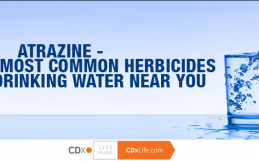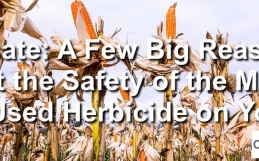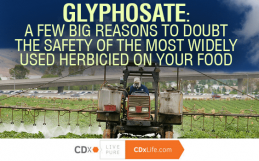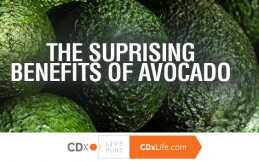Apples are a staple food that can be found in almost every refrigerator. They’re chosen by many discerning parents as a healthy first food, but according to Environmental Working Group (EWG),, they’ve been qualified as one of the Dirty Dozen. If this both surprises and concerns you, you’re not alone.
Why are apples on the dirty dozen?
The EWG has sentenced apples to the Dirty Dozen because apples not only contain multiple pesticides that are known to have developmental toxicities, neurotoxins, and hormone disruptors, but even more importantly, apples are highlighted for the simple fact that they are a common staple food eaten in my forms.
It’s our job as consumers to do a little research about the current science that’s absolutely known about the substances found on apples, and add in our own common sense in with the mix as well.
At the end of the day, food is big business, and we need to take some ownership of the risks we’re willing to take — not just trust what someone else deems is safe for us and our kids.
Shouldn’t we be most diligent when it comes to something we use and trust, something as common as an apple?
Apples provide invaluable nutrition for the body — we don’t suggest giving them up anytime soon.
Why apples are so healthy:
- Help regulate blood sugar and prevent spikes with phytonutrients
- Apples in whole-food form can significantly reduce blood fats
- Scientists can show that apples provide beneficial impact to intestinal health
- High antioxidant benefits can lower risk of asthma and other diseases in arteries
- Age-related health benefits protecting against degenerative disease (The George Mateljan Foundation, n.d.)
But unfortunately, conventionally grown apples also expose us to pesticides.
You may be wondering what specific pesticides were found on apples. Environmental working group explains what they found:
The USDA tested 379 baby food applesauce samples for five pesticides (USDA 2014b). Some 23 percent of the samples contained acetamiprid, a neonicotinoid pesticide that European regulators singled out for additional toxicity testing because it might disrupt the developing nervous system (EFSA 2013). Another 10 percent of the samples contained carbendiazim, a fungicide. The USDA found six pesticides in apple juice, a staple of many children’s diets (USDA 2014b). About 17 percent of the apple juice samples contained diphenylamine, a pesticide banned in Europe in 2012.
Know your food – protect your health
If you really want to find out more about the science behind specific pesticides, Pesticide Action Network is the place to go. They have a database that includes types of pesticides that are found on specific types of food.
They have an easy-to-follow table with clear icons of toxicities. When we looked up apples, we found the following:
- Known, probable, or possible carcinogens
- Suspected hormone disruptors
- Neurotoxins
- Developmental or reproductive toxins
- High, moderate, or slight bee toxins (neonicotinoid pesticides)
What about those that claim pesticides are safe and to ignore the pesticide hype?
The American Academy of Pediatrics has a database full of research-based reports from leading minds in science and medicine. In a technical report published only a few years ago, pesticides were the subject of concern.
The report was entitled Pesticide Exposure in Children, and it concluded after considering all of the ways children are exposed to insecticides, herbicides, and pesticides, that “Children’s exposures to pesticides should be limited as much as possible.” (Roberts & Karr, 2012)
And THAT is exactly why we feel it’s the obvious choice to think twice before eating conventionally grown produce.
When we dig a little deeper, we find more to be concerned with, and we believe that becoming aware of what we eat is the first step toward positive change.
Works Cited
Roberts, J. M., & Karr, C. J. (2012). Pesticide Exposure in Children. Pediatrics, e1765 -e1788.
The George Mateljan Foundation. (n.d.). Apples. Retrieved from The World’s Healthiest Foods:







